In Fall 2019 Facebook, Microsoft and Amazon announced that they join their forces to detect deepfakes, together with some major news agencies as BBC and New York Times. They want to make a deep learning system that must recognise if a video is fake or not. But the machine will only be smart enough if it’s powered with enough data, which will cost a lot of energy. Meanwhile the deepfake technology is also developing. The result will be a cat and mouse game between advanced deepfake technology and machine learning trying to detect it. Is this the way to tackle deepfakes? Or is awareness about the phenomenon our best protection?
The deepfake technology is evolving very fast and the visual errors that exist now are likely to be resolved in the near future. Nevertheless, these are some ways to train your eye to recognize deepfake videos:
1. Less blinking
Researchers found out that people in deepfakes are blinking a lot less frequent in comparison with real people. 1
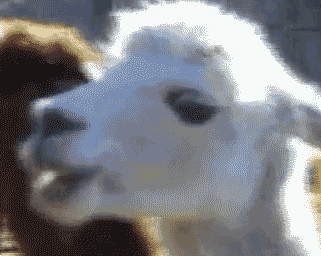
2. Blurry borders
A face never fits exactly in an environment. Blurry borders, especially around neck and hair, makes faces blend better into their surroundings. 2
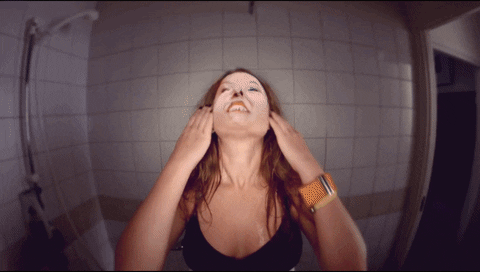
3. Artificially smooth skin
This is another trick to let the face blend better. 2
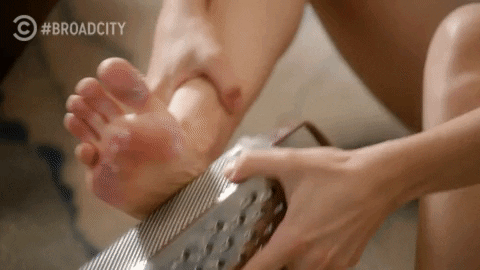
4. Nose direction
In a real movie the person’s head aligns with the person’s nose during a movement. In deepfakes they’re often misaligned. 2

5. Incorrect lighting
The fake and the real probably won’t have the same lighting conditions. There will be different light sources and shadows. 2
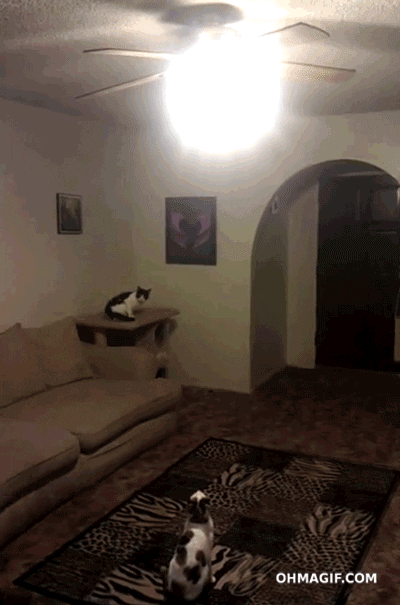
6. Sound and vision mismatch
Often the sound of the speech is nog exactly syncing with the movement of the lips. An emotion mismatch could happen as well. 3
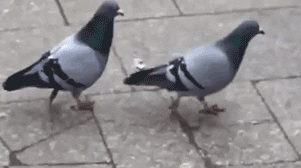
Sources:
1: https://theconversation.com/detecting-deepfake-videos-in-the-blink-of-an-eye-101072
2: https://theconversation.com/detecting-deepfakes-by-looking-closely-reveals-a-way-to-protect-against-them-119218
3: https://www.wired.co.uk/article/how-to-spot-deepfake-video